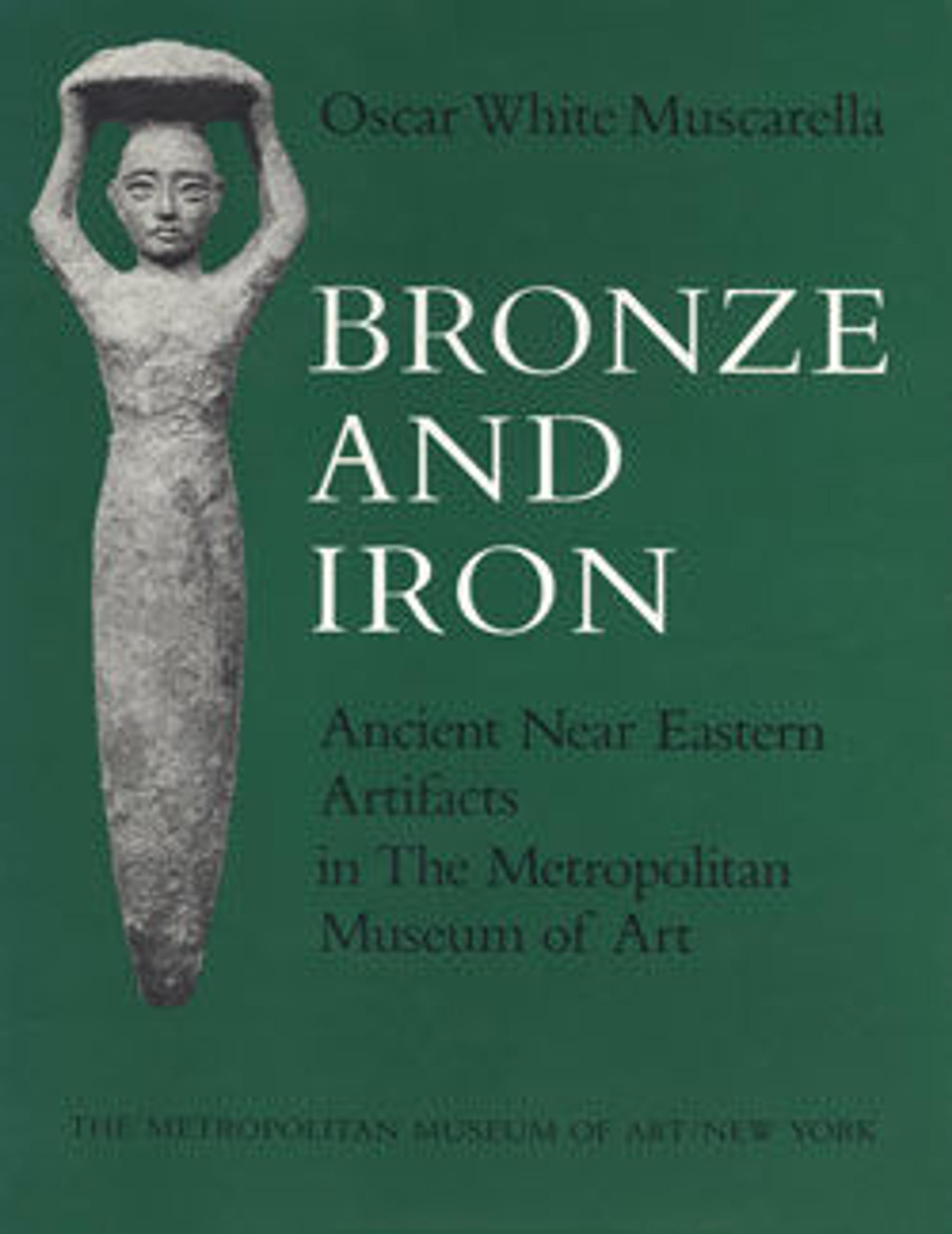Lobed omphalos bowl
This bronze bowl has a carinated, or ridged, shoulder and a turned-out rim. In the center of the bowl is a raised boss, usually referred to by the Greek term omphalos, surrounded by eleven lobes. The vessel was made by raising and sinking a single sheet of metal, and then adding chased details, a method that was employed for most Achaemenid metalware.
The form is this bowl is known as the ‘Achaemenid bowl’ because it is depicted in the reliefs on the Apadana at Persepolis, the capital of the Achaemenid Persian Empire. In those reliefs the bowl is carried by delegations from across the empire. This has led scholars to suggest that the Achaemenid bowl was a marker of imperial unity, rather than being associated with any one region of the empire. Indeed, Achaemenid bowls have been found across the empire – in Persian itself, Lydia, Syria, Palestine, Egypt and even in Gandhara in the east – made of a variety of materials, including gold, silver, bronze, glass and ceramic. They were used as drinking vessels, though the size of this bowl would have made it challenging to drink from.
The form is this bowl is known as the ‘Achaemenid bowl’ because it is depicted in the reliefs on the Apadana at Persepolis, the capital of the Achaemenid Persian Empire. In those reliefs the bowl is carried by delegations from across the empire. This has led scholars to suggest that the Achaemenid bowl was a marker of imperial unity, rather than being associated with any one region of the empire. Indeed, Achaemenid bowls have been found across the empire – in Persian itself, Lydia, Syria, Palestine, Egypt and even in Gandhara in the east – made of a variety of materials, including gold, silver, bronze, glass and ceramic. They were used as drinking vessels, though the size of this bowl would have made it challenging to drink from.
Artwork Details
- Title:Lobed omphalos bowl
- Period:Achaemenid
- Date:ca. 6th–5th century BCE
- Geography:Western Asia
- Culture:Achaemenid
- Medium:Bronze
- Dimensions:Height: 3.25 in. (8.26 cm); Diam.: 9.63 in. (24.46 cm)
- Credit Line:Harris Brisbane Dick Fund, 1964
- Object Number:64.56
- Curatorial Department: Ancient West Asian Art
More Artwork
Research Resources
The Met provides unparalleled resources for research and welcomes an international community of students and scholars. The Met's Open Access API is where creators and researchers can connect to the The Met collection. Open Access data and public domain images are available for unrestricted commercial and noncommercial use without permission or fee.
To request images under copyright and other restrictions, please use this Image Request form.
Feedback
We continue to research and examine historical and cultural context for objects in The Met collection. If you have comments or questions about this object record, please contact us using the form below. The Museum looks forward to receiving your comments.
